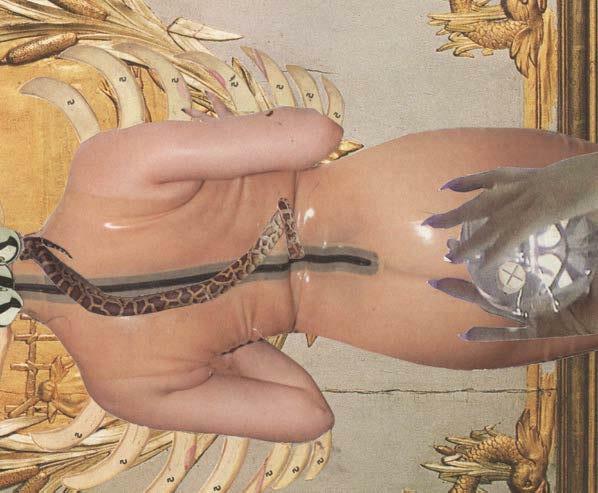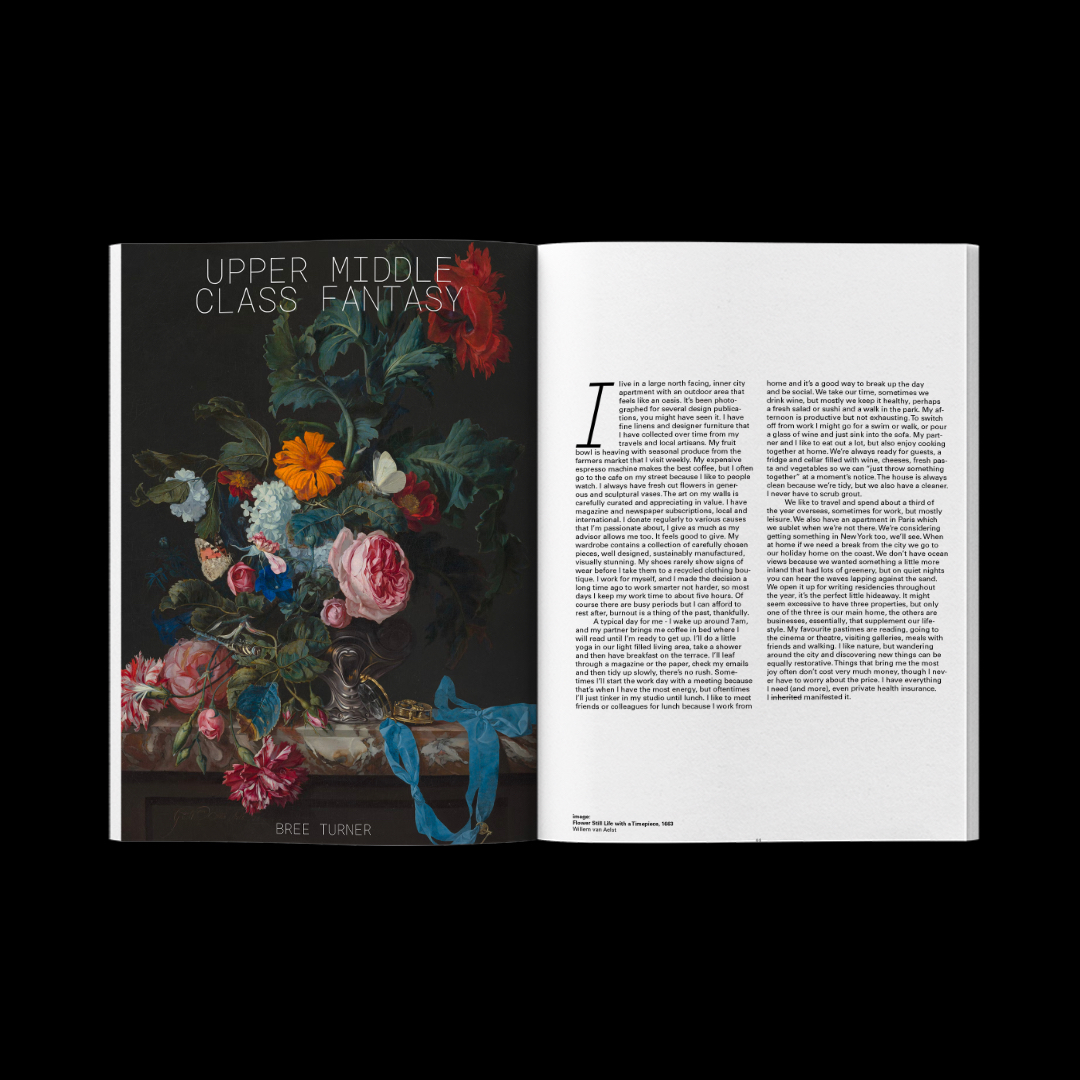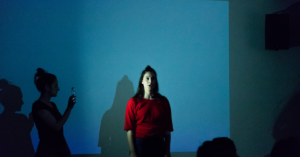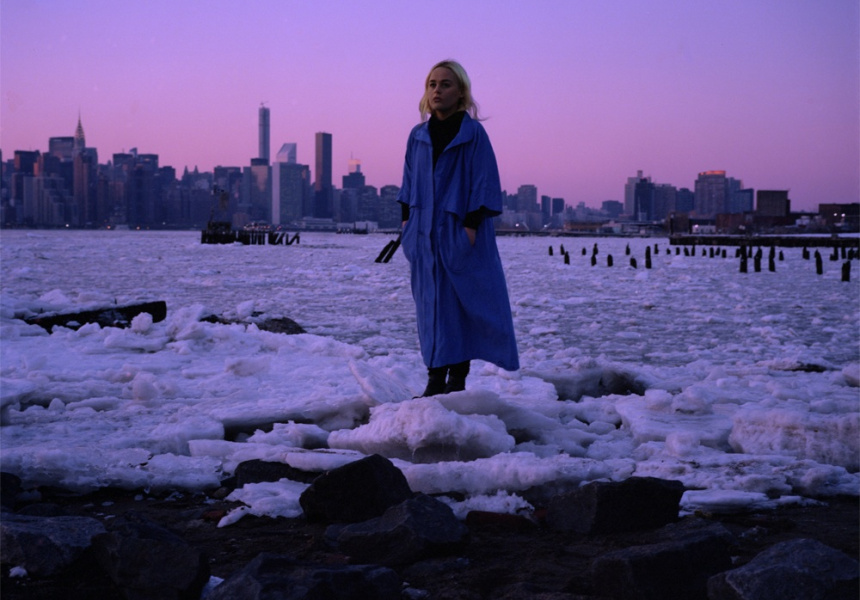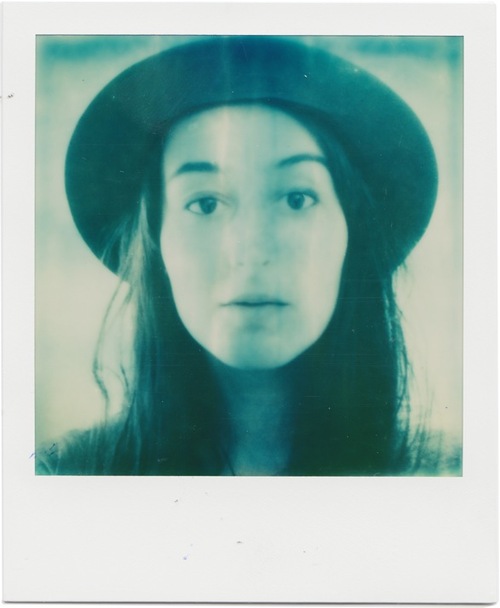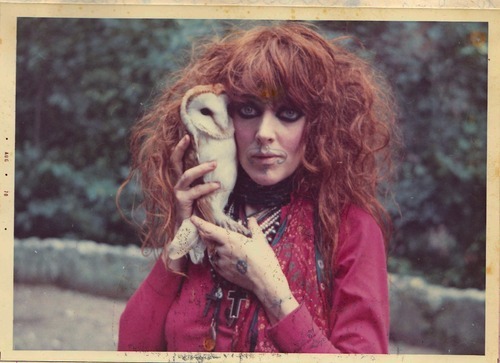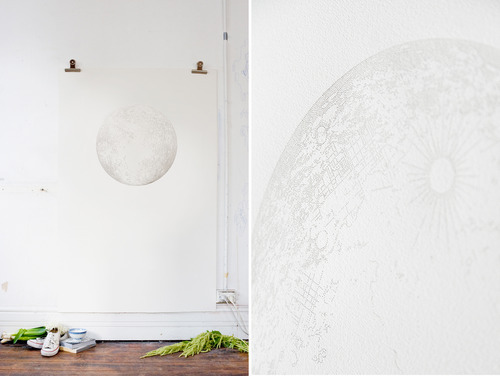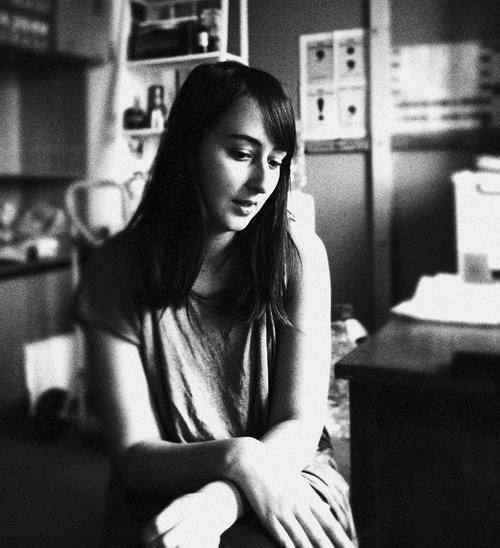First published in New Voices on Food
I remember my father teasing my mother about having eggs on toast for dinner whenever he went out. He meant to deride her simple taste and make her feel bad for not being adventurous. But after feeding, bathing and putting two young children to bed, her eggs on toast were a comfort. A low effort, warm and comforting meal for her to eat in peace. She kept a diary for my sister and I to read when we got older. In some parts she wrote of the loneliness she felt in her marriage, while parenting and through her separation. I think of the loneliness she must have felt on those nights when my father should have been home, sharing a meal with her. Then I think of soft boiled eggs, lightly salted, cracked, oozing and mopped up with well-buttered white bread soldiers.
I am a researcher and creative practitioner, I am currently collaborating with a sociologist who researches loneliness in later life. In 2020, Dr Barbara Barbosa Neves and her team collected diaries kept by older people (aged 65+) who were living alone during Melbourne’s COVID-19 lockdowns. I’ve been engaged to read those diaries and develop a creative work based on the findings. A common theme I noticed was food. Participants would log what they grew, picked, bought, cooked and ate throughout their day. Food helped them mark time, food nourished and comforted them at their lowest points.
Scientists have found that loneliness and hunger share a home in the brain, substantia nigra. It’s possible that Neves’ participants reached for food when they were really craving company. For those marking time, meals were rituals performed to punctuate their day. Wake up, make breakfast, make the bed, shower, go shopping and begin the preparations for lunch and dinner. Reading this felt so familiar. My own diaries are filled with lists of food I have eaten and future food destinations. I’ve often thought whoever ends up reading my diaries will be so disappointed with the mostly mundane entries. But reading their lockdown diaries I realise the participants are not only writing about food, they’re telling the reader who they are and how they feel.
Every Friday night for the last 60 years, Hilton has gone to the same fish and chip shop. The same shop he would have taken his wife and children to. His wife recently passed away and his children are grown with children of their own. When he is holding that warm paper bundle, unwrapping it and then biting into something crisp, salty and soft in the middle – it’s his communion, he is with his family.
June wishes there was someone at home to “wash the dishes and tell the neighbours to be quiet”. She entertains the idea of having a robot housemate and attends Zoom tutorials to learn more about food delivery services. June likes butter chicken and slow cooked spicy lamb shanks. Something about her entries remind me of the 1960s cartoon The Jetsons. An imagined future, suspended in a time past.
Anthony’s mind often wanders to old romances. Between his fantasies, he wrote about shopping at Aldi. I imagine Anthony perusing the produce aisle, picking fruit, squeezing it, smelling it, and remembering himself as a younger, handsome man filled with possibility and virility.
Doris has two boarders at her home. She wrote about feeling left out, and how they speak to each other but rarely to her. She goes grocery shopping everyday “for something to do” but can hardly eat any food she buys due to stomach issues. Her attempts to connect with her boarders often fall flat, she feels rejected and grows resentful. In her last entry she wrote that she bought them some Sri Lankan takeout. I thought of her stomach and wondered if that was another meal she bought and couldn’t eat.
Emily fainted one day and a friend of hers came to visit to see if she was okay. The friend made her a cup of tea and Emily wrote about how nice it felt to be looked after. Anne described herself as her family’s matriarch, the keeper of birthdays and wrote about baking a batch of shortbread. I wish I could introduce Emily to Anne, or Kathleen. Kathleen makes jams, chutney, pickles, sauces, tomato paste and the best beetroot relish and sundried tomatoes. Kathleen wrote about an incident at the supermarket where she accidentally locked her keys and handbag in her car. She asked around for help to no avail and recalled feeling totally invisible. Sadly, in this episode of The Golden Girls not everyone got to go home and eat cheesecake with their friends. Though another participant, Isy, did buy herself some panettone – “a bit of sweetness to cheer me up”.
I, too, often turn to something sweet if I need cheering up. I have a history of disordered eating. It is mostly okay today. Reflecting on the times I either indulged excessively or deprived myself of food, I can draw a line directly connecting them to my personal relationships. Times where I felt a love or attention deficit, food was there. Times where I felt a surplus of attention or people needing me, I would resist food, feeling undeserving or as though I was taking up too much space. Today I enjoy food most when I can share it with those I love, but there are still times I turn to food in the lack, as well as times when it is a pleasure, all for me.
The foods I love to eat when I’m alone at home are Vegemite and cheese toasties, mangoes, Scotch finger biscuits which I will dunk into cups of Yorkshire tea until I’ve emptied the packet. Popcorn is another favourite, and if I’m really in my feelings, garlic bread. The foods I eat when I’m alone in public are sushi, the lobster roll at Supernormal with a gin cocktail, the gravlax dish at Florian with a black coffee, green smoothies, and more recently, pain au chocolat. In public, I am conscious of my audience – it’s a delicious performance. At home, away from everyone, I am free to access those parts of myself that tell me exactly what they need and want.
Mangoes remind me of my sister, to eat them feels like pure decadence. When my sister and I visited dad as children, he would make us Vegemite and cheese toasties for lunch. Tea with biscuits are my mum – her on the couch wearing comfy socks, nursing a warm mug. Tea is her whole side of the family, in a cup I see my pa putting a billy on the fire, my nan filling a thermos. My aunty is more coffee and cigarettes but she’s in my cup, too. Popcorn is my grandma and poppy – holidays at their place. I don’t know who garlic bread is, maybe me. It’s been a very long time since I had a stick of garlic bread for dinner. Thinking about it now, I get flashes of sleepovers, parties and sharehouses, garlic bread is something you always share, so to eat it all yourself feels a bit excessive. I think I crave that when I need to be reassured that I’m my own person and I’m in control, even if that means acting the opposite. I’m not reaching for food in these moments, I am reaching for connection.
Glen has gone to his local pub every Thursday evening to eat dinner with the staff since his wife died, he wrote that he misses her and wishes they could hug. Poppy’s neighbour gave him some seedlings by handing them over the fence, so he dug up some parsley seedlings for them. New life begins elsewhere.
Judy listens to classical music while enjoying an ‘alfresco lunch’ and keeps gratitude lists. She noted, “being alone is a physical state, loneliness is a state of the mind.” Ella takes her dog for a walk ‘off leash’ despite the many warnings and fines she has accrued, I imagine her chuckling to herself about it while enjoying a cigarette and wine in her chair. Buddy wrote, “the birds are calling me to feed them.” He leaves them bread on the lawn.
Reference
Neves et al. (2022), ‘Pandemic diaries: lived experiences of loneliness, loss, and hope among older adults during COVID-19’, The Gerontologist.

